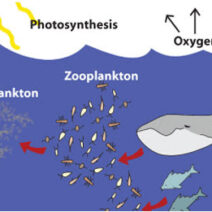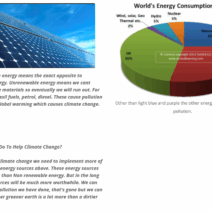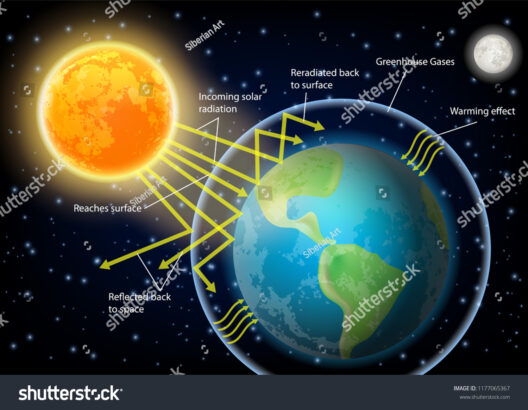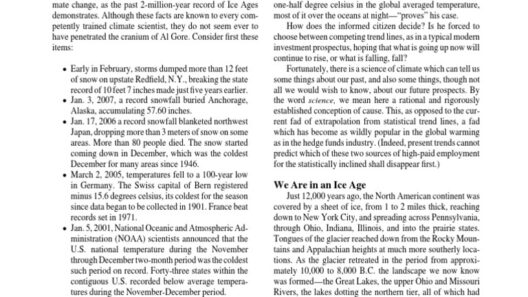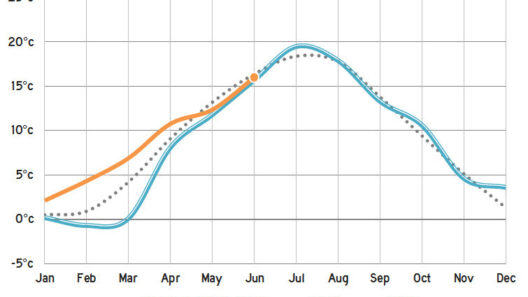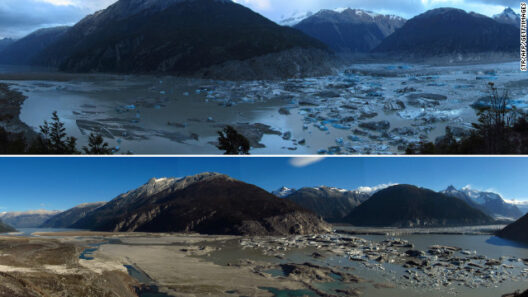Throughout history, the enigmatic figure of Nostradamus has captured public imagination. His cryptic quatrains have led many to believe he was not only a prophet but also a foreseer of monumental events. In contemporary discourse, a curious intersection has emerged between his prophecies and the pressing issue of climate change. As the world grapples with unprecedented environmental shifts, one cannot help but wonder: does Nostradamus provide insight into our current climate crisis?
Despite the skepticism surrounding Nostradamus’s interpretations, the allure of prophecy swirls with the urgency of the climate conversation, prompting individuals to ask whether his writings unintentionally hint at the ecological tribulations we face today.
To explore the potential connection between Nostradamus’s foresights and climate change, one must first delve into the complexities of his writing. The language he employed is notoriously ambiguous, a characteristic that has facilitated diverse interpretations over centuries. This open-ended nature remains a double-edged sword: it both invites exploration and engenders misinterpretation.
In examining his works, numerous scholars and enthusiasts have pointed to lines that they argue prefigure disasters often associated with climate change. Among these are references to natural calamities, such as floods, droughts, and intense storms. Yet, can these verses be authentically linked to our modern understanding of climate phenomena? It is here that we endeavor to unravel the convoluted tapestry of prophecy and natural science.
Nostradamus’s Vision: A Lens into Nature’s Fury
Many of Nostradamus’s quatrains describe natural cataclysms that evoke the harsh realities we witness today. For instance, in Quatrain I-46, he evokes vivid imagery of a time when the earth will tremble from a great storm. This resonates with current scientific projections of increasingly erratic weather patterns, a hallmark of climate change. Such interpretations, while speculative, spark a dialogue about the ancient understandings of human impact on nature.
However, it is essential to parse these prophecies with cautious discernment. Nostradamus wrote during a period marked by tumult and upheaval, which likely shaped his worldview. At the heart of his writings lies a response to the existential fears imposed by his tumultuous times, echoing sentiments that appear rather universal, even in today’s ecological discourse. This leads us to consider whether Nostradamus’s reflections are indicative of a collective human anxiety, rather than specific predictions.
Expanding the Discourse: The Anthropocene and Prophecy
The Anthropocene—a term denoting our current age characterized by significant human impact on the Earth’s geology and ecosystems—serves as a vital backdrop for analyzing Nostradamus’s foresights. The anthropogenic factors steering climate change align with a recurrent theme in his work: the consequences of humanity’s hubris against nature. In Quatrain II-25, for example, he articulates a vision of cities consumed by water, which resonates with forecasts of rising sea levels due to climate change. The parallels evoke a chilling contemplation about human responsibility and environmental stewardship.
Moreover, the obsession with prophecy reflects an innate human desire for control over an unpredictable future. Nostradamus’s enigmatic predictions comfort many who yearn for guidance amidst chaos. Climate change, an abstract yet profoundly tangible threat, elicits unique responses from society. The allure of prophetic texts can thus be viewed as an attempt to demystify the indistinct peril we face, a collective yearning for answers in an age of uncertainty.
Our Complicated Relationship with Nature: Lessons from the Past
While Nostradamus’s quatrains may not conclusively predict environmental calamity, his writings provoke a necessary confrontation with humanity’s historical trajectory. The cyclical nature of ecological crises reiterates that past civilizations faltered when they disrespected natural boundaries. Nostradamus’s surmised warnings become an allegory, a call for reflection on our current relationship with the earth.
The rhythm of natural disasters we observe today serves as a grim reminder of the consequences of environmental neglect. Nostradamus’s references, read through a contemporary lens, magnify our need to reconsider our interaction with the planet. It raises pressing questions about conservation, sustainable development, and the ethical obligations we have to future generations. Indeed, these inquiries transcend the realm of prophecy, urging us to take actionable steps to rectify the path we are on.
Navigating the Future: Prophecy or Practicality?
The fascinating allure of Nostradamus lies not solely in the predictive capacity of his verses but in the conversations they incite regarding our collective future. While some may posit that his words caution us against impending peril, others argue for a more practical approach—an insistence on scientific rigor and proactive measures in addressing climate change.
In a world that often looks to the past for clues to navigate the future, the examination of Nostradamus’s writings offers an avenue for reflection. Are we to view these texts as prophetic warnings or as cultural artifacts that highlight our ongoing struggle with nature? This dichotomy opens the door to a rich discourse on the intersection of mythology, science, and ethics.
In a time where our environmental reality demands immediate action, perhaps the most profound lesson from Nostradamus is not about the forecast of apocalyptic consequences, but rather an encouragement to recognize and amend the course we tread. Through understanding the juxtaposition of prophecy and ecological awareness, we can foster a collaborative spirit and rekindle our bond with the environment.
